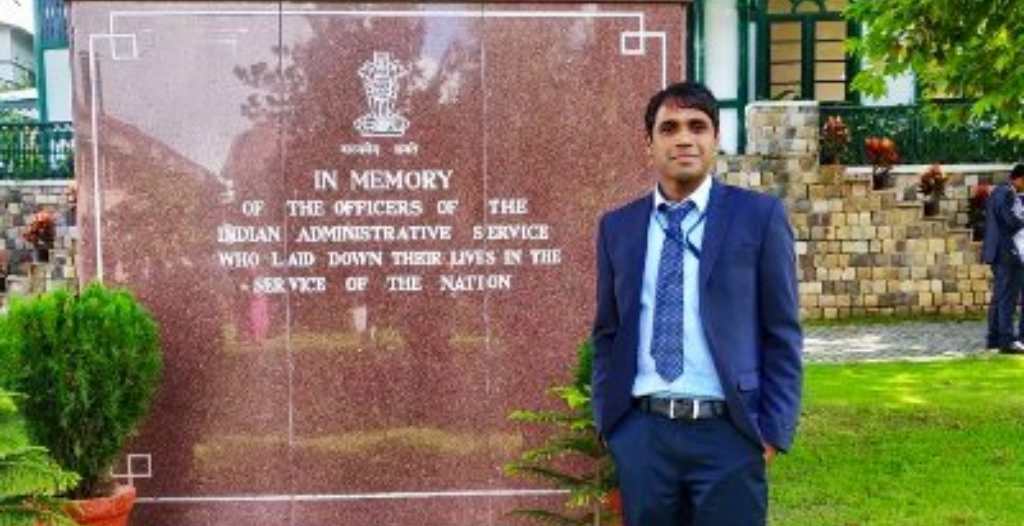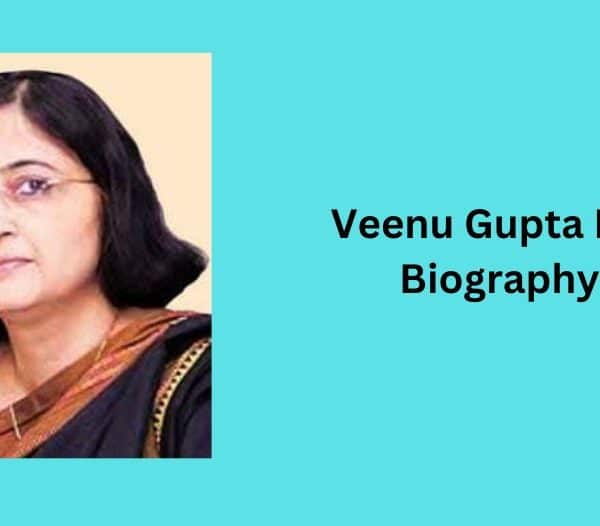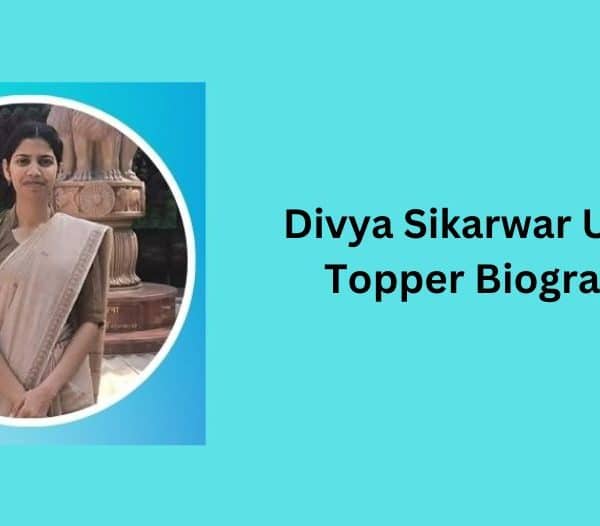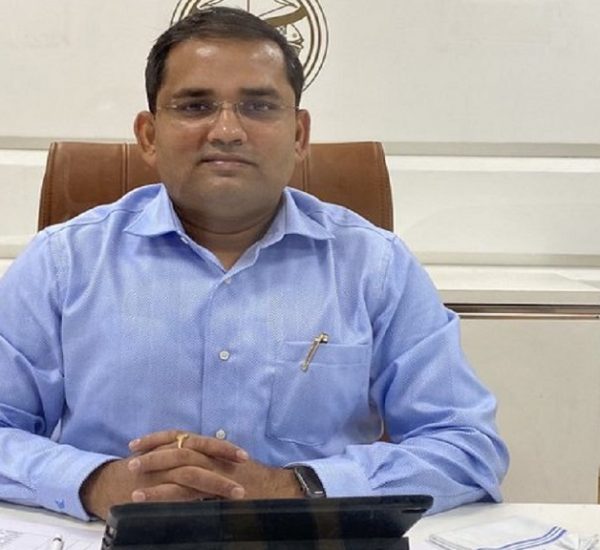IAS Abinash Mishra Wiki: Abinash Mishra Strategy of Preparation that Got Him AIR 65
Abinash Mishra has always resided in Jhungapali village near Melchhamunda in the Bargarh district. Though he holds an IIT Kharagpur MTech degree, he gave up various job offers after getting the degree and instead prepared for the civil services. He opted for history as his mains optional subject and cleared the exam in his fourth attempt. Abinash opted for renting a house in Delhi when he was preparing for his UPSC IAS exams and stayed there studying for 10-12 hours a day and it greatly helped him along the way. He ended up bagging All India Rank 65 in his fourth attempt. Learn about Abinash Mishra’s strategy, age, posting, rank, optional subject, etc.
Abinash Mishra Biography and Marksheet

Source: twitter.com/abinash_xd
Rank: 65
Optional Subject: History
Attempt: 4
Year: 2017
Also Read: IAS Topper Marksheet: Find out Toppers Who Shined in The Mains & Personality Round
Abinash Mishra IAS UPSC Prelims Strategy
- Indian Polity is highly scoring and also one of the most important subjects for UPSC and the course is limited. Laxmikant will suffice.
- Geography’s syllabus is limited. Read through class 11 world geography NCERT and Indian geography book.
- For Environment, Shankar’s booklet and vision IAS current affairs booklet is sufficient.
- Economy: budget document, Shankar Ganesh and Economic survey summary along with vision IAS current affairs booklet are sufficient.
- International relations: Go through vision IAS current affairs booklet
- Time management: is key. How you devote time to high scoring subjects.
- Whether the mock test should you give or not: yes, it is highly recommended. Any test series: Give one test series diligently. It helps in the revision and covering of various subjects.
- Finally, give every mock exam as a real exam. Introspect and see where you are making mistakes. You yourself will learn the areas where you need to work upon.
Abinash Mishra’s Advice to Aspirants
- Revision: revise the basic NCERTs and other compulsory books recommended again and again. After revising once or twice go through the previous year’s questions and mock questions so that you can understand your progress and also find out any loopholes that you can fill in the next time you revise.
- Previous year question paper: buy a new Vishal or Arihant publication previous year question paper book. Solve the questions subject wise differently. Have a notebook or file and note down the improvingly important topics that are in rising trend or they are asking. It simplifies your preparation and makes you more effective.
- Prioritizing subjects: some subjects are very predictable and easy to Score so give them more priority so you can fetch more marks.
How to Prepare for History Optional?
- Ancient History: Upinder Singh (must). Also supplement with R S Sharma, NCERT old and new which is considered basic, and Balyan sir notes.
- Map Section: Take maps given in various books. Like palaeolithic sites maps from R S Sharma or IVC sites from NCERT etc. Prepare all heading wise maps like palaeolithic map, Vedic sites map, or Ancient capital sites map. Only remember the prominent sites. No need to remember trivial sites especially for the pre-historic era.
- Literary Sources Of History: prominent travellers and their travel books. Focus on Vedic and post-Vedic library works, Secular literature, Tradition of History writing in India: Kalhana, Turkish-Persian writers like Barani, Ibn battuta and all.
- Indus Valley Civilization: Focus on the economic, social, religious, and cultural life of Indus Valley civilization. Theories related to its rise and decline. Study the comparisons between contemporary Mesopotamian civilization and the Vedic civilization.
- Vedic Civilization: Focus on the political, economic, socio-cultural history of civilization. Compare the changes observed from the Rigvedic period to the later Vedic period.
Focus Points for Dynasties
- Mahajanapada Era: Focus on Buddhism and Jainism: factors behind their rise, decline, features. The rise of Magadha is a crucial topic. The use of iron and it’s importance in civilization is another key topic.
- Mauryan Era: Focus on the Socio-Economic-political and cultural aspects of the Maureen era. A reminder: Go through the previous year’s questions as segregated by self-study history. It will help you exactly what areas we should focus on. The key areas are Dharma, rise, and decline of the Mauryan empire, Arthashastra, Mauryan administration, foreign policy, Indica, etc.
- 200BC to 300AD: Study the industrial, socio-economic and cultural journey like the boom of trade and commerce, changes in culture and Polity during this period due to invasion, art, and culture of that period, Sangam era, etc.
- Gupta Era: Gupta era Polity, art, and culture of Gupta era (since it is called as Golden era). Read the reasons for the decline of the economy that started in the Gupta era. Read about Brahmanical literature and its impact on society. Fahien and his travel document are important.
- Post Gupta: Harsha Vardhan and his rule. Travelogue of Huen Tsang. Banabhatta and his description of Harsha.
Also Read: IAS Chitra Mishra Biography: The Woman Who Cracked the UPSC in Her Sixth Attempt
Conclusion
Abinash advises aspirants to prepare for the UPSC exam for 1–2 years and has a grasp of some basics of various subjects. You can redesign our strategy to make your preparation more effective as and when required and according to every individual’s strength, needs, and convenience. Apart from this maintain good mental health extremely important since 2–3 years of preparation can be extremely taxing for a person’s mental capabilities and stress.






